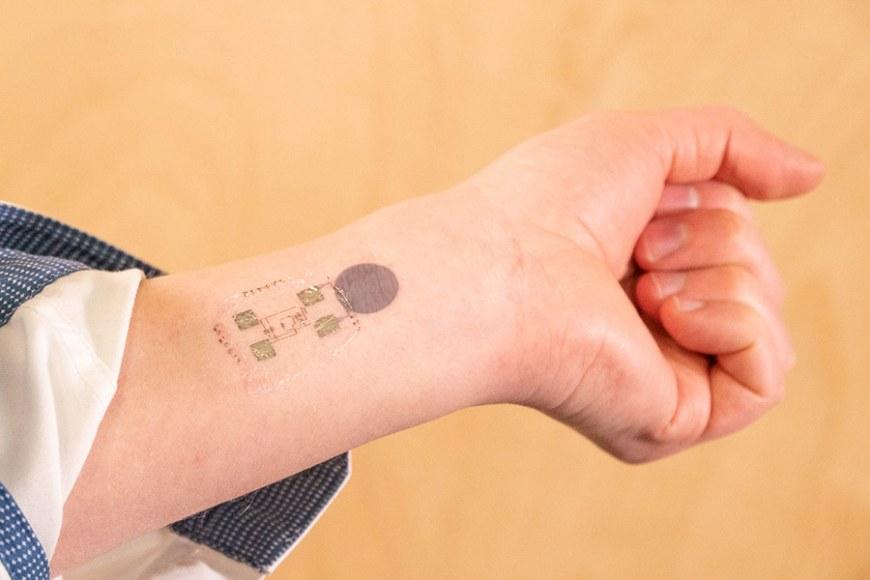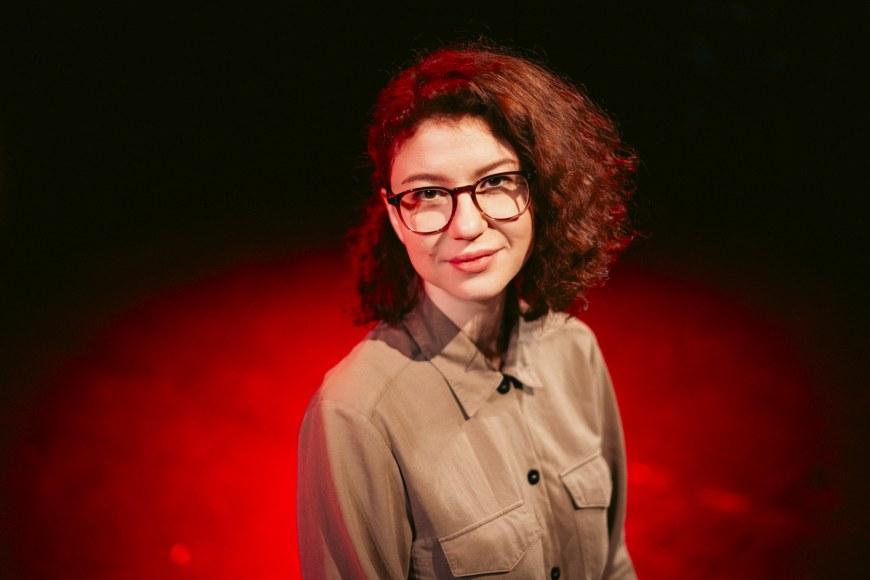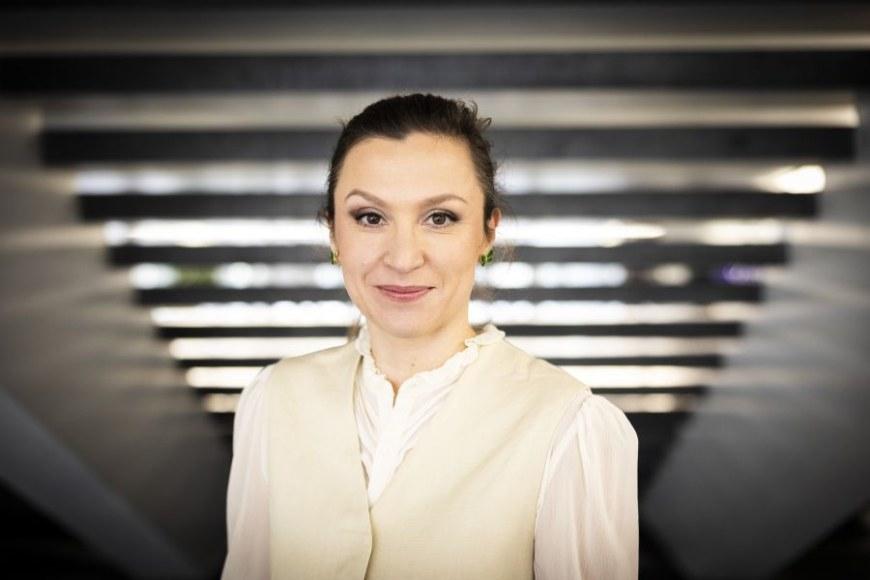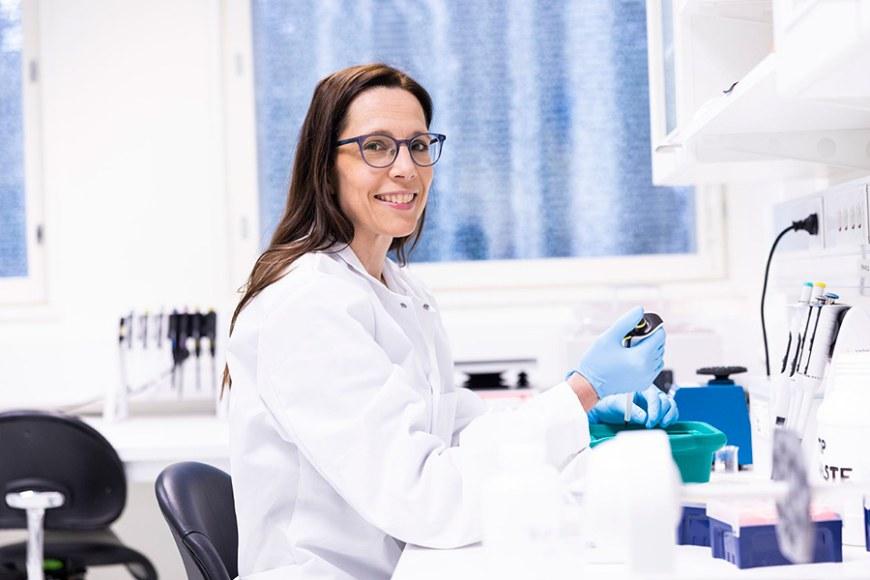Printed sensors hold promise for diagnosing and treating vascular diseases

“Vascular diseases that affect the circulatory system are a common cause of death globally. We are developing a printed sensor that sticks to the skin and enables the monitoring of vascular health through the measurement of arterial pulse waves to help diagnose vascular diseases and improve their treatment,” Mika-Matti Laurila says.
Laurila received his doctoral degree in electrical engineering from Tampere University in 2019. He has been interested in pursuing a research career ever since graduating with a master’s degree. After completing his doctorate, he has continued working at Tampere University as a postdoctoral research fellow, delving ever deeper into the topic that he has been exploring since enrolling on a master’s programme.
“The main focus of my studies at the MSc stage was electronic materials, and I have continued investigating similar topics after making the transition to a post-doc position. Research being such as versatile career is the reason that inspired me to follow an academic career path,” Laurila says.
Projects developing printed electronics
Over the past few years, Laurila has been working on a project titled Vascular Biomechanics Assessment to develop printed sensors for measuring arterial pulse waves. The project will soon be completed, but Laurila has already secured a new project that is due to begin later this autumn.
“I have received a Marie Skłodowska-Curie Actions (MSCA) grant, spread over a little more than two years, for a project called Unobtrusive printed piezoelectric sensors for non-invasive biosignal monitoring (UNOPIEZO). The development of the printed sensors will continue during this new project.”
The primary goal of the UNOPIEZO project is to thin down the sensors to ultra-thin proportions. According to Laurila, ultra-thin sensors have the advantage of being not only unobtrusive to the user but also highly sensitive. A sensor that is as thin as possible could deliver greater accuracy in the measurement of arterial pulse waves.
The UNOPIEZO project opened up the opportunity for Laurila to join the Rogers Research Group at Northwestern University, USA, for a year.
“Professor John Rogers is the head of the worlds’ leading research group in the field of epidermal electronics. While in the USA, I will be studying the design and mechanical modelling of sensors, which has thus far fallen outside the scope my research.”
“After I return to Tampere, I will start building the printed sensors by applying the methodologies developed by Rogers’ group. My goal is to create a printed sensor that can be easily and cheaply mass-produced.”
Meaningful research as inspiration
Besides arterial pulse waves, it may also be possible to use the printed sensors to measure other mechanical biosignals from the human body. Similar sensors have already been manufactured using printed electronics but, according to Laurila, they are all quite thick. As Laurila is developing ultra-thin sensors, they could potentially be used for other purposes, too, and open up whole new application areas for the technology.
“One potential application area besides human health monitoring is soft robotics where the sensors could be used to mimic the human sense of touch in robots.”
Sensors that are specifically designed to measure arterial pulse waves hold promise for delivering tangible health benefits.
“If we were able to monitor and prevent vascular diseases with the help of sensors, it would have a major impact on people’s health.”
Meaningful research with the potential to improve people’s lives is what especially inspires Mika-Matti Laurila. He is also driven by a thirst for knowledge.
“Researchers must be ready to embrace failure and doggedly pursue discoveries. A failure is not necessarily just a failure but an opportunity to learn. Research that creates new knowledge and important insights is what motivates me to continue.”
Text: Nelli Peltonen
Photo: Mika-Matti Laurila





